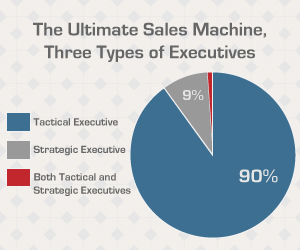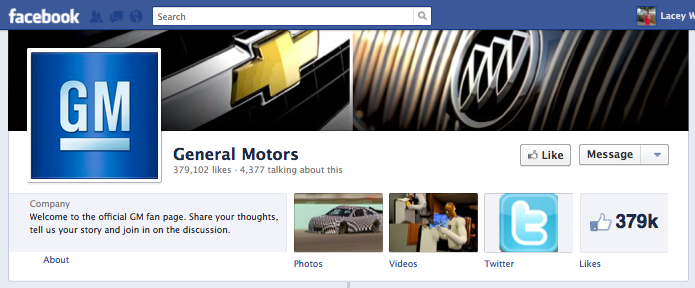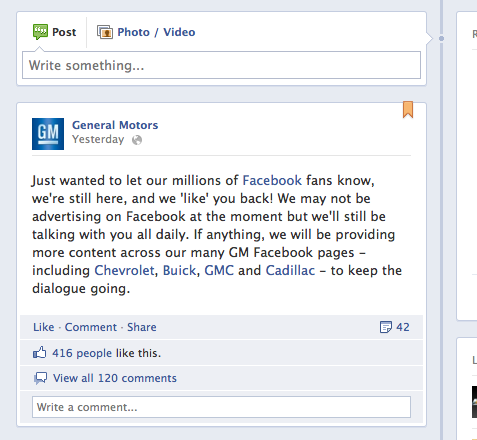- Top 10 of 2022 - January 10, 2023
- Happy Holidays from Welborn Media - December 23, 2022
- How To Get Free Marketing Services from San Bernardino County WDD Program - November 10, 2022
Integral to any marketing plan is a clearly defined target audience. The target audience helps you determine your approach, your messaging, and your distribution. Read this article then download the free worksheet at the bottom of this post to help define your target audience.
A common mistake is targeting too broad a selection of people. We understand the desire to want everyone to know about your business, but it can get you into trouble.
Poor Marksmanship
 When you have a broad message you are just another fish in the overcrowded sea of marketing messages. Your marketing needs to attract attention which is a difficult thing to do when every other business is aiming to do the same thing. So don’t dilute your marketing message. By narrowing your target market you can zero in on what would appeal specifically to those people and that will help you get noticed.
When you have a broad message you are just another fish in the overcrowded sea of marketing messages. Your marketing needs to attract attention which is a difficult thing to do when every other business is aiming to do the same thing. So don’t dilute your marketing message. By narrowing your target market you can zero in on what would appeal specifically to those people and that will help you get noticed.
In addition to standing out, your message also has to resonate with viewers to have any hope of compelling the desired action and it’s much easier to determine what will resonate when you have a specific group of people.
The other problem is money. Your advertising dollars are precious. When utilized to their full potential you can maximize your return and experience terrific success. When you try to reach too many people much of your budget will go to waste on those who are least likely to convert.
Think about it as if you are selling your products or services in person and groups of people are walking by. You don’t have the option to approach everyone. So, you prioritize and try to engage the people who appear most similar to your current customers. You realize that if you put your efforts towards engaging those who appear less likely to use your products/services you will miss out on sales.
Buyer Personas
Many businesses need to develop a multi-faceted target audience. Maybe your business has different products and services to meet different people’s needs. This is a situation where creating buyer personas can be helpful.
We work with Scott Goodwin Associates (SGA), a company that provides training for firefighters. They have a handful products that meet different needs: entry level firefighter bootcamp for those who are interested in becoming a firefighter, promotional bootcamp for current firefighters who want a promotion, and training for individuals or entire departments to improve fire command and communication. Each of these products has a different buyer persona: the entry-level bootcamp skews to a younger audience, the promotional bootcamp we can narrow down by job title, and the training program targets everyone currently in the fire service.
The overall target audience includes everyone in the fire service and people who are looking to join the fire service. We can execute marketing pieces and aim to reach all of those people. We can also use the buyer personas to create specific marketing pieces that showcase an individual product and distribute it to only that segment of the target audience. We like to do some of both.
Hitting a Bullseye
 Try to think of a specific person and cater your message to them. What are their needs, wants, fears and desires? What message will appeal directly to them? Determining that is the hard part. Once you know who this person is other decisions become easy.
Try to think of a specific person and cater your message to them. What are their needs, wants, fears and desires? What message will appeal directly to them? Determining that is the hard part. Once you know who this person is other decisions become easy.
How will you reach them?
You can target an audience based on several factors including location, gender, age, income level, job title, interests, search history, website visits, connections, current customer status, social media engagement, and more. Ask yourself where do these people spend their time? Do they search on Google, scroll through Facebook, or examine their junk mail? How do they make their purchasing decisions?
Traditional Marketing Methods often let you target based on location, gender, age and income level. Sometimes they also can be used to target a general interest. Digital marketing can give you more ways to refine your audience — things like job title, keyword searches, web history, specific interests, online behavior, and engagement level.
Define Your Target Audience
Now you have a good understanding of why defining your target audience is important and how it can help you determine your approach, messaging, and distribution. Download our Target Audience/Buyer Persona Worksheet to help you zero in on your target:
[goal id=”3649″]
Examine your customer base and think of one specific person who can act as an avatar to represent your typical customer or client. If you need to, create separate buyer personas that represent your different products or services.
Now that you understand your target audience, you’ve completed one of the most important parts of your marketing plan. Use the target audience to help you make decisions regarding the rest of your marketing plan including messaging, content strategy, distribution, budget and more.
Need help developing an online marketing plan for your business? Check out our limited offer: Zeb Welborn’s One-on-One 1-Day Marketing Plan





